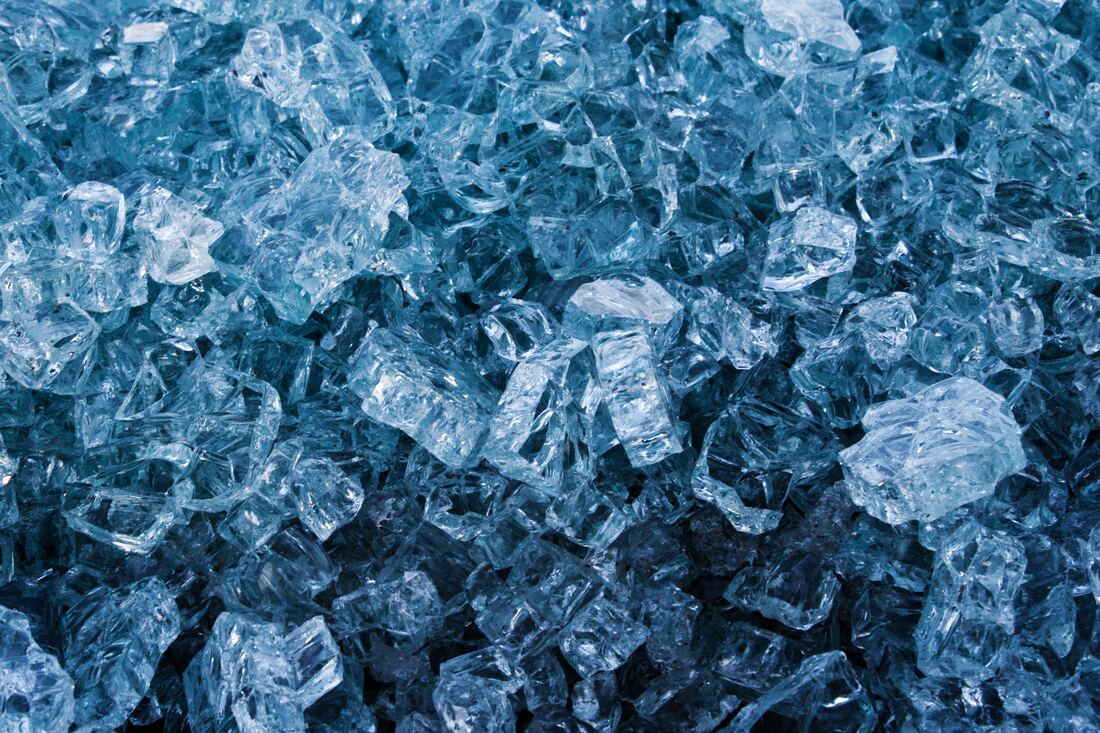Ice therapy (cryotherapy) is mainly known for it’s helpful effects immediately after sustaining a muscle, joint, or tendon injury. We all learn it as one of the basic first aid principles in the RICE protocol (rest, ice, compress, elevate).
So how exactly does icing reduce pain and swelling? And how should you ice to achieve these effects?
One study (1) in 2007 compared the nerve conduction velocity (NCV), pain threshold (PTH), and pain tolerance (PTO) of both ankles of subjects. The treatment or experimental ankle was cooled using crushed ice, the other ankle acted as the control with no icing applied. A portable electromyogram system evaluated the conduction velocity of the tibial nerve. While a pressure algometer measured the PTH and PTO. Variables were measured before ice application and then when the skin temperature reached 15 degrees, 10 degrees, and then again at 15 degrees after re-warming from ice removal. Nerve conduction velocity decreased significantly for the experimental ankle during cooled timeframes, with a 33% reduction from baseline to 10 degrees. The pain threshold and pain tolerance for pain perception increased dramatically (and statistically) following skin cooling. The pain threshold increased by 89% and pain tolerance by 76% at 10 degrees compared to baseline. Interestingly a second point was evaluated for PTH and PTO over an area that did not undergo skin cooling but was distal to the area cooled. This non-iced area also experienced significant increases to PTH (71%) and PTO (56%) although not as large as the iced area. The authors speculated the decrease in NCV of the tibial nerve was responsible for the increased pain threshold and tolerance for pain perception. In this particular study, icing the area resulted in reduction of pain perception. It would be interesting to see how long these effects last, especially under conditions of activity. It would also be interesting to compare these effects in different areas of the body (comparing areas of superficial vs deep nerve involvement).
In addition to changing pain perception, cryotherapy causes vasoconstriction of the arteries at the injured site thereby reducing microvascular blood flow limiting the inflammation that occurs (2,3). Other physiological effects include decreasing the metabolic demands of the injured tissue (2,3).Ice application resulting in these effects tends to range from 20-30 minutes across studies, reaching an ideal skin temperature around 13 degrees (1,2).

Do you have an injury that needs icing? Icing is a great initial first aid strategy, however seeking care for muscle, joint, and tendon injuries is important not only to help with recovery, but also to strengthen and prevent further injuries from occurring. Dr. Judith McCann is a chiropractor in Sharon, East Gwillimbury and helps patients recover and strengthen from injuries. At Haptic Health and Chiropractic we offer a range of therapies from working on muscles and joints manually, to rehabilitation therapy (exercises and stretches), acupuncture, and custom orthotics. We treat a variety of conditions including low back pain, shoulder pain, neck pain, knee pain, ankle pain, jaw pain, and headaches. If you live in Newmarket, East Gwillimbury, Aurora, Bradford, or Keswick and are looking for a chiropractor or don’t know what type of physical/manual therapist to turn to, give us a call for a complimentary consultation to see if we’d be a good addition to your health care team. Call us now at 905-235-6777 or set up an initial appointment directly using our online booking application.
References
- Algafly AA, George KP. The effect of cryotherapy on nerve conduction velocity, pain threshold and pain tolerance. Br J Sports Med. 2007 Jun;41(6):365-9; discussion 369. doi: 10.1136/bjsm.2006.031237. Epub 2007 Jan 15. PubMed PMID: 17224445; PubMed Central PMCID: PMC2465313
- Bleakley CM, O’Connor S, Tully MA, Rocke LG, Macauley DC, McDonough SM. The PRICE study (Protection Rest Ice Compression Elevation): design of a randomised controlled trial comparing standard versus cryokinetic ice applications in the management of acute ankle sprain [ISRCTN13903946]. BMC Musculoskelet Disord.2007 Dec 19;8:125. doi: 10.1186/1471-2474-8-125. PubMed PMID: 18093299; PubMed Central PMCID: PMC2228299.
- Topp R, Ledford ER, Jacks DE. Topical menthol, ice, peripheral blood flow, and perceived discomfort. J Athl Train. 2013 Mar-Apr;48(2):220-5. doi: 10.4085/1062-6050-48.1.19. Epub 2013 Feb 20. PubMed PMID: 23672386; PubMed Central PMCID: PMC3600924.
- Photo by Martin Robles on Unsplash
- Photo by Scott Rodgerson on Unsplash

